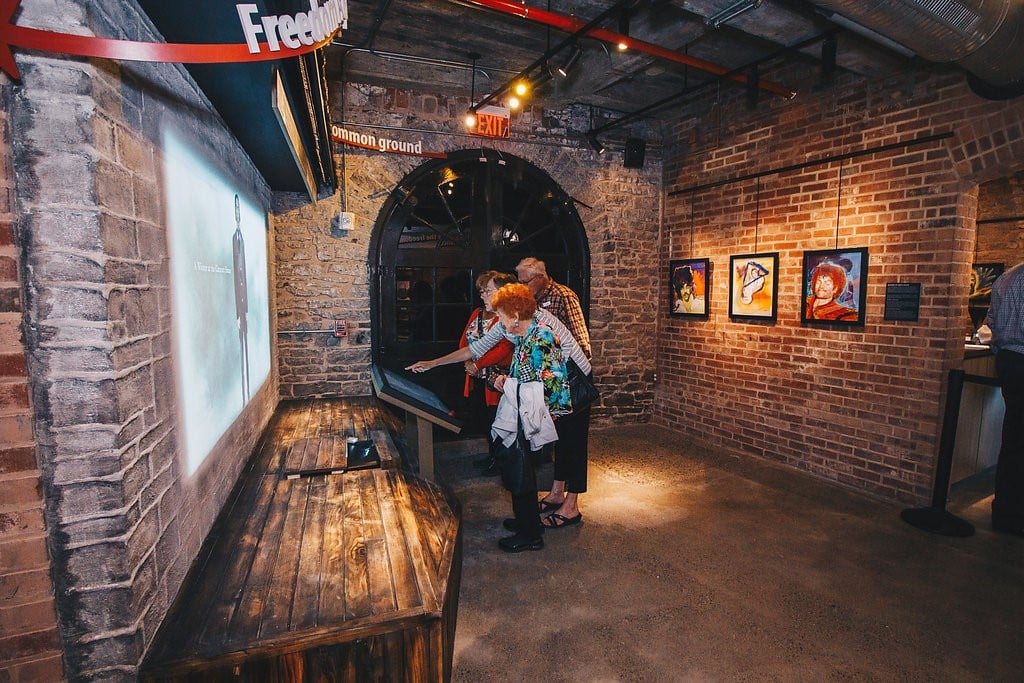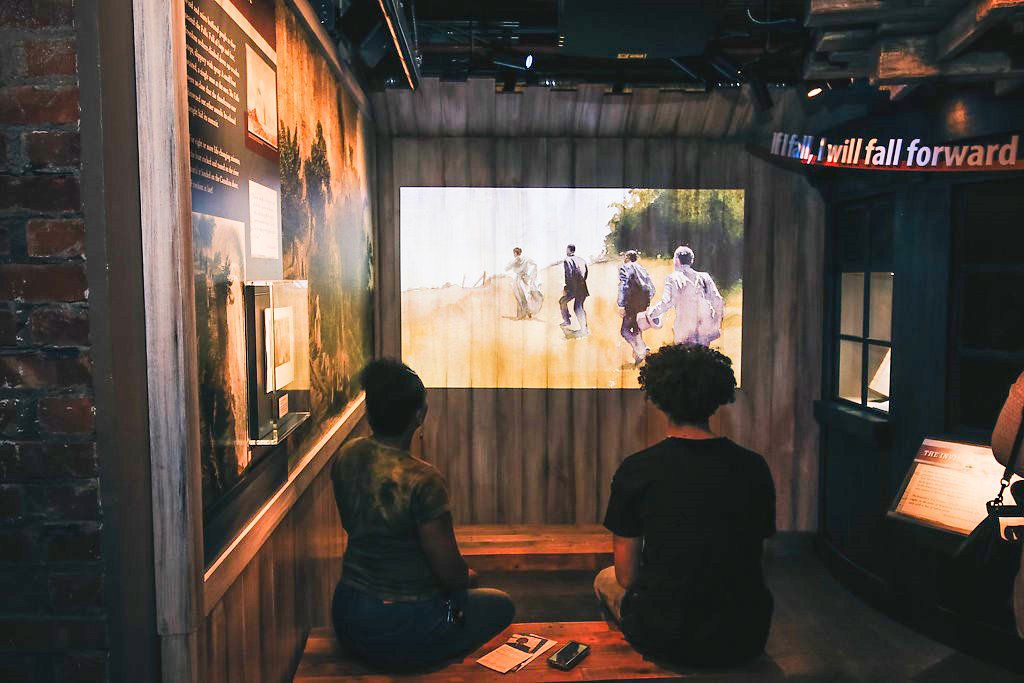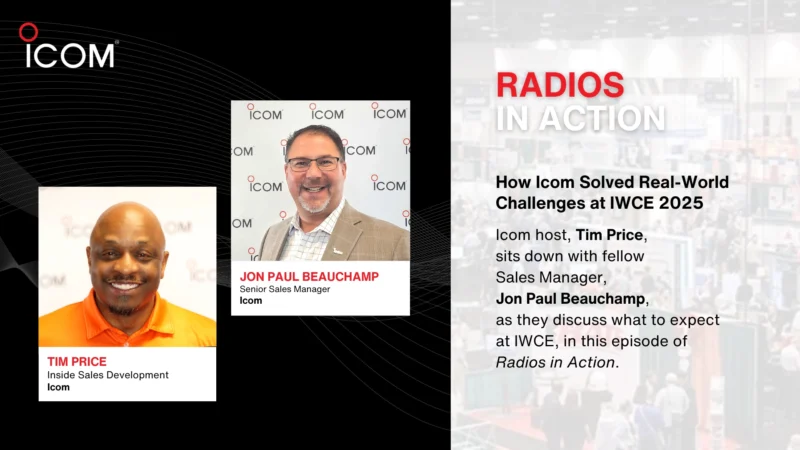Delivering Innovative AV Integration and Storytelling in Iconic, Historic Spaces
As audiovisual technology marches forward, some of the world’s most iconic and historic places are being swept into the current. There’s a common desire to maintain these powerful spaces, but also to shine renewed light on them by leveraging the kinds of cutting-edge, engaging and immersive experiences only today’s innovations can provide.
Planning and implementing striking, modern solutions in these spaces requires careful attention to their character, history and design – in other words, it takes an eye for balancing the beautiful with the innovative.
This merging of old and new can serve a nearly endless variety of purposes, from education and immersive experiences to telling a fully realized story by leaning on the space, itself.
Breathing new life into historic places is an exciting challenge. But how can you best prepare to meet that challenge head on?.jpg)
Leveraging Extensive Planning to Tell Impactful Stories
While planning is always a critical part of implementing lasting and memorable AV integration, the beginning stages of a project involving an iconic space are even more crucial.
“I think when you’re looking at designing a new space or a new museum, you’ve got a blank canvas. You’re working with an architect and with other trades who are building a building, and it’s a lot easier to walk in and say, ‘OK, here are our concepts, and here’s what we’re thinking,’” said Chris Johnson, Electrosonic Service Sales Consultant. “But when you’re looking at renovating a historical space, there’s a lot more that goes into it in the planning phase.”
In nearly all cases, Electrosonic Business Development Manager – Entertainment Alan Wilkinson said, any damage or change to the structure or environment of the space is strictly forbidden. Historical spaces weren’t designed with modern AV in mind, and efforts to bring the past back to life can’t include drastic alteration to suit present-day purposes.
In addition, Wilkinson mentions that many factors need to be carefully considered before an AV solution can be proposed.
These include environmental concerns, such as how protected from external forces and weather the area is, the amount of dust in the space, and potential access limitations like narrow hallways and small windows.
Aesthetics are also a primary concern – will modern equipment prevent the original ambience and character of the space from shining through? This goes hand in hand with construction, another key consideration. The planning phase needs to account for how equipment will be fixed in place, if fixing is allowed at all, where power will be located, how cable is run and more.
Finally, the extended life of the solution needs to be considered. How will maintenance occur, and how often? What equipment can be used to perform this maintenance? Will it potentially damage original surfaces?
Answering these questions is always possible, but it takes a careful study of the space and, often, greater attention to detail than is needed on projects where an architect is there to help develop an initial plan.
Balancing lasting character and aesthetic with cutting-edge innovation
Though working with historic buildings can present challenges not typically associated with modern spaces, it can also present a unique opportunity to capitalize on one-of-a-kind elements.
That idea can be taken literally. Historical spaces often present unique idiosyncrasies that, instead of hindering AV solution implementation, can be used to blend the installation with the very fabric of the space.
For example, inside the Niagara Falls Underground Railroad Heritage Center, elements of mid-1800s design were incorporated into a modern solution that leverages linear video, interactivity and interpretive media to bring customers a dramatic and immersive telling of the hardships along the journey to freedom.
The implementation of an immersive experience inside the Dover Wartime Tunnels is yet another example of turning what appeared to be a challenge associated with a historical space into a lasting and powerful solution. By leveraging the length of the tunnel walls, themselves, customers are thrown into a recreation of what users of those wartime tunnels might have felt so long ago.
The character of spaces can also be preserved in more unique, modern ways. Take the Stonehenge Visitor Centre – customers aren’t allowed to enter the 5,000-year-old site’s famous ring, so the Visitor Centre brought the ring to them. With special filming techniques, a 360-degree recreation of the site was brought indoors, offering a unique take on the preservation of a historic place and its character.
These are just a few examples of the impact of weaving the historic into the modern. By turning an eye toward any opportunity to add touches that are completely unique, designers can ensure the final experience upholds the character and ambiance of the original space. 
Delivering engaging, fully realized customer experiences
When careful planning, mindful construction, unique opportunities to blend old and new, and powerful AV capabilities converge, fantastic and one-of-a-kind customer experiences are born.
Though the very nature of these iconic spaces change the entire approach to implementing modern AV solutions, a need to preserve the original and authentic character, and the necessity for unique solutions that address those concerns, overcoming those hurdles can result in powerful experiences that surpass even the most cutting-edge solutions inside newly constructed buildings.
At Electrosonic, professionals with decades of experience in tackling those challenges can help you exceed expectations.
“In a word, (it’s our) experience. We have worked on the design, installation and long-term servicing on hundreds of projects like this all over the world, from the Dubai Museum in the ancient Dubai Fort to Charles Dickens’ house, now a museum, in Rochester, Kent,” Wilkinson said.
Ready to see how Electrosonic can leverage our expertise, experience and dedication to creating lasting experiences, including through innovative and captivating projection solutions, to help you create a one-of-a-kind installation in a historic space? Contact them today









